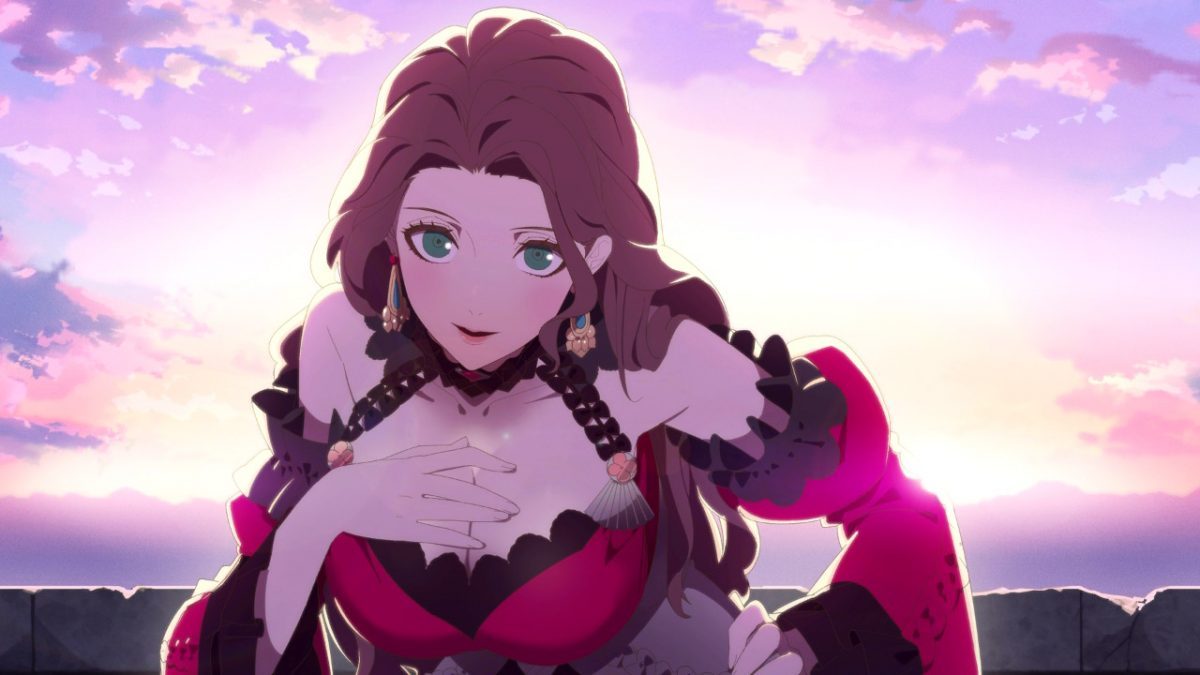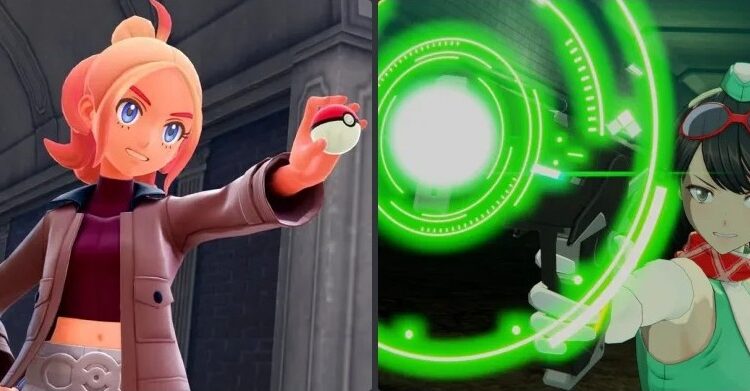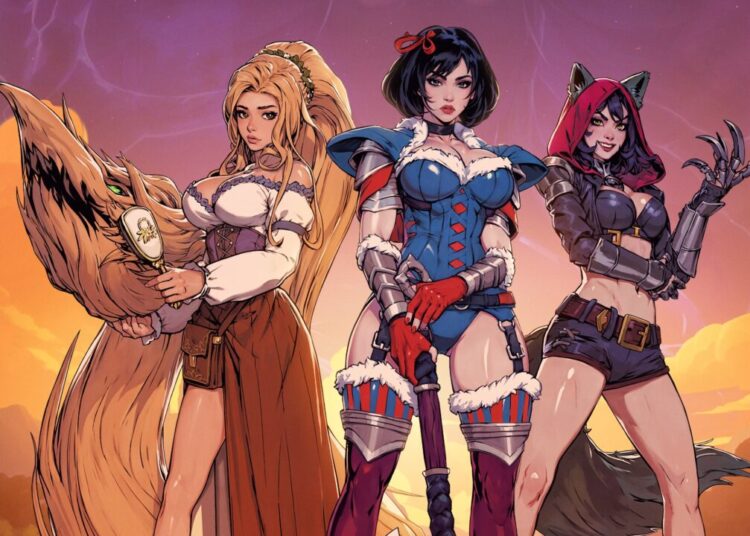I’ve spent two weeks playing a video game in order to bring you this in-depth review of Fire Emblem: Three Houses. Over 70 hours. Plenty of grinding combat against lower-level enemies. The verdict is in. Fire Emblem: Three Houses is an enjoyable game in the series, and from a plot perspective is better than the last entry, Fire Emblem: Fates. You can have a lot of fun as a professor, teaching young officer cadets, as it turns out.
There’s a lot more to it, of course. From a design perspective, it’s a high-quality game. The supporting artwork is very nice. The game’s soundtrack does what it needs to (doesn’t annoy during repeated fighting), and has poignant tracks for powerful moments. The game includes cutscenes that are beautiful to watch, though their inclusion does mean the player’s Avatar character can’t be customized. Some elements stand out, however.
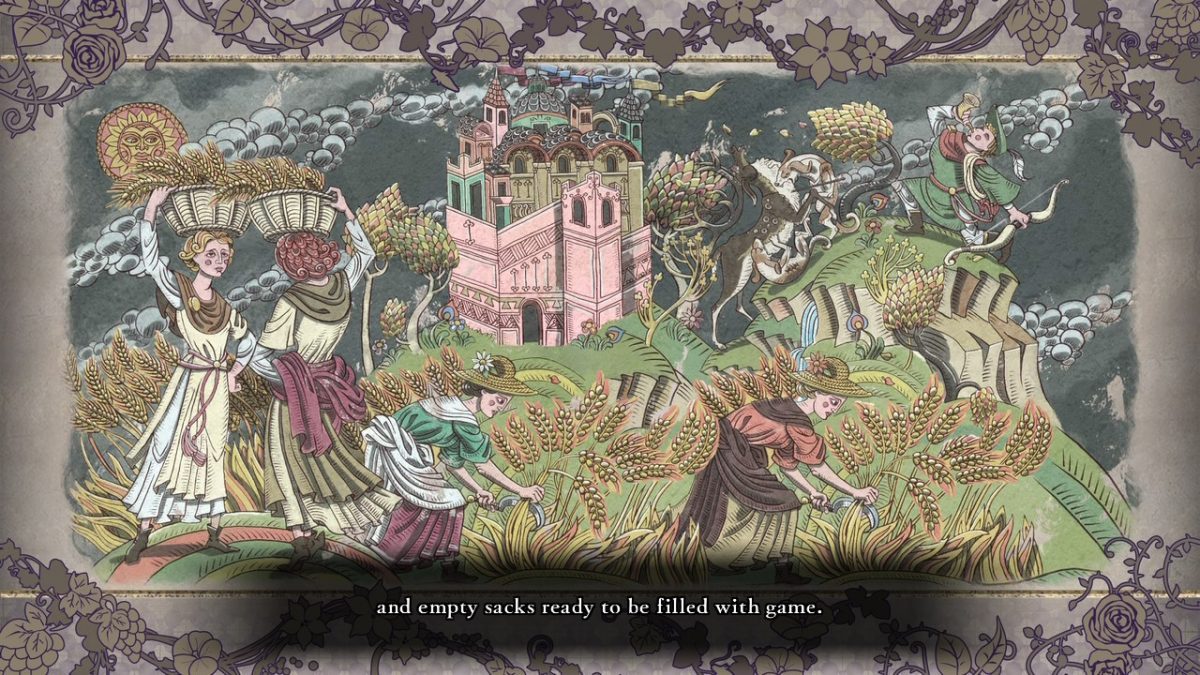
The character models, weapon models, and design of the hub Garreg Mach Monastery are all smooth, avoid clipping, and look good in mobile mode, as well as playing on the television. More importantly, they have a lot of life. Fire Emblem: Three Houses uses these models for interacting in the hub, the battlefield, and for Support conversations which bring your teammates (and you) closer together, and even into romance at the end of the game. The party member models can emote nervousness, anxiety, happiness, and other emotions. The battalion character models — relatively faceless troops that join you in battle — swarm, charge, get hurt, and attack with your party members, providing another layer of depth to the character animations needed.
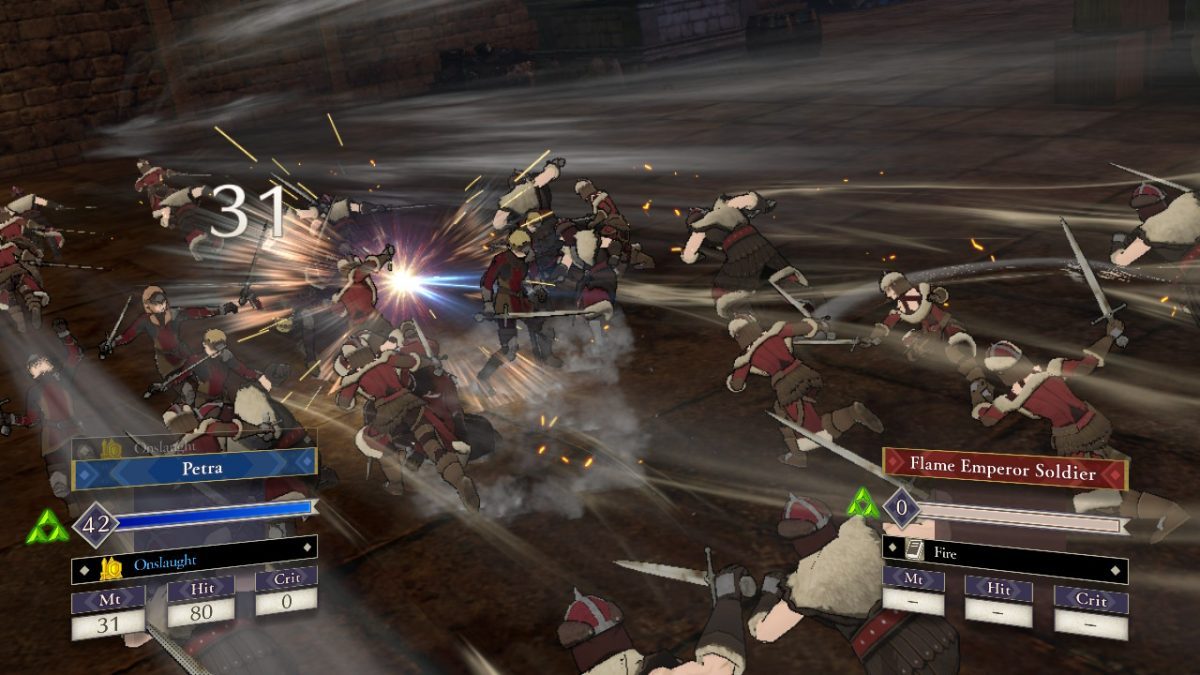
The voice work stands out particularly and is extensive. In-battle sound effects are pretty standard, and so are cut scene voices, but this Fire Emblem includes a lot more. Support conversations, mission dialogue, and hub conversations are all voiced. In battle, characters will comment on each other’s impressive actions. There are even variations of these dialogues for recruits, and for the second half of the game. It probably helps that there are fewer characters in this entry than in either of the last two, a design limit I approve of.
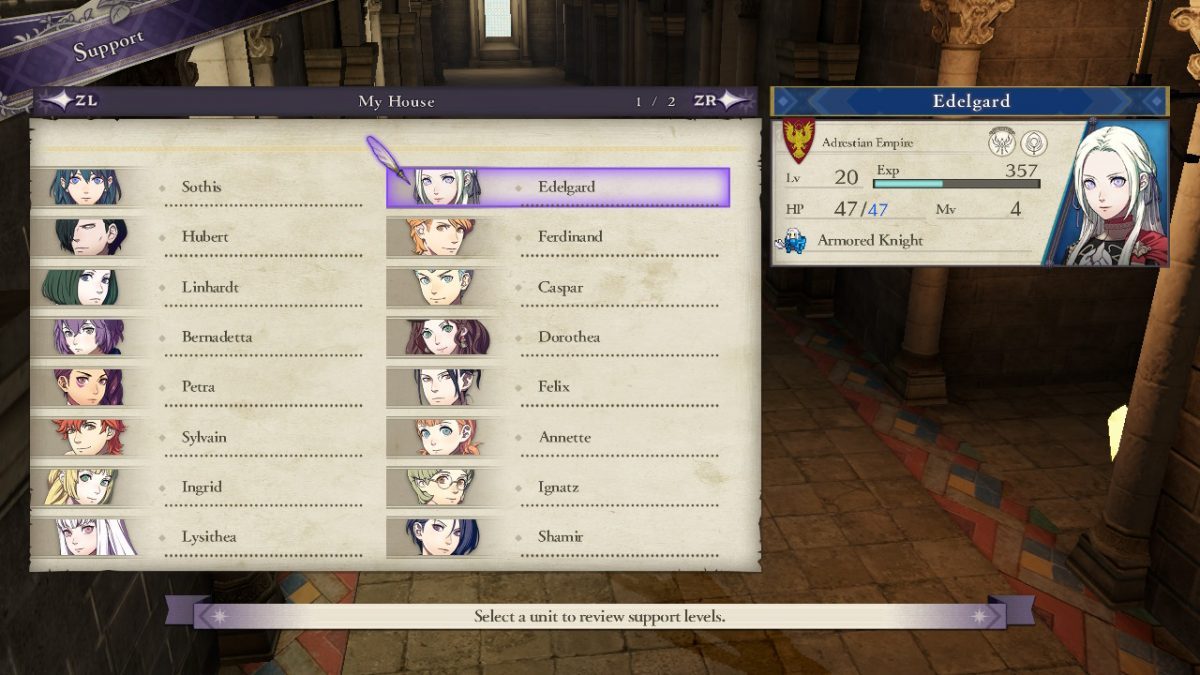
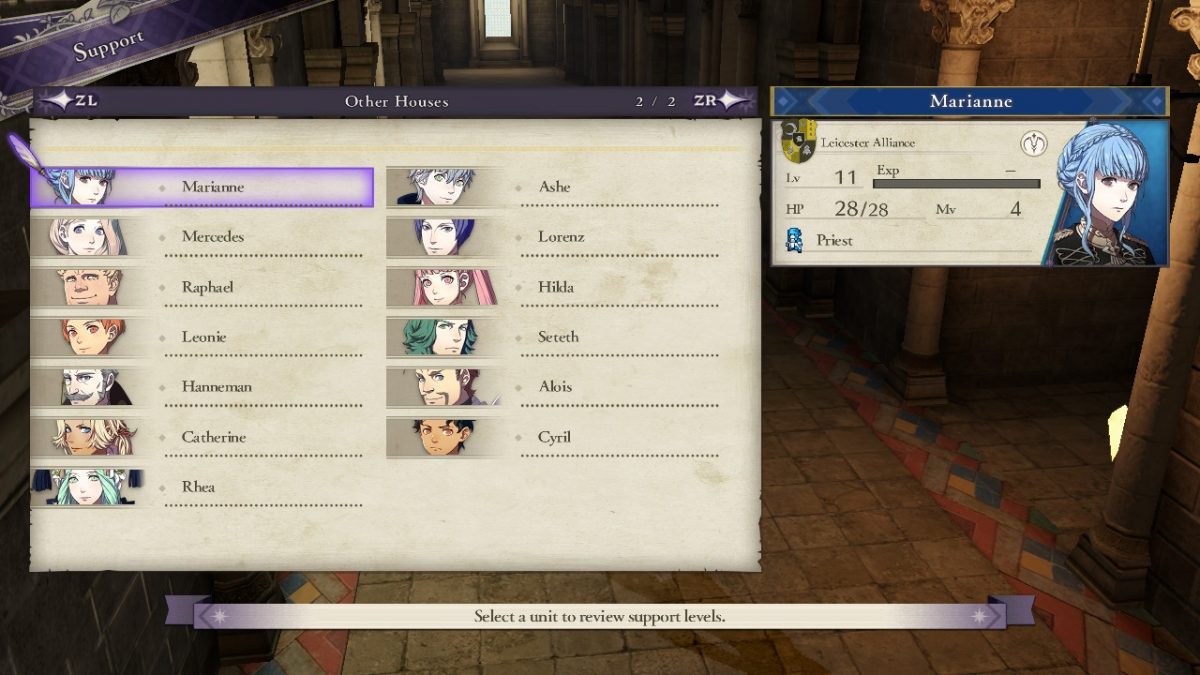
Fire Emblem: Three Houses is not flawless, however. The biggest flaw is its difficulty level, it’s too easy. Specifically, it’s too easy for the first half of the game when the story focuses on teaching your house. Combined with the ability to grind on Normal difficulty, and basically a need to grind to recruit characters into your house efficiently, there’s a lot of easy combat you have to slog through, especially for completionists.
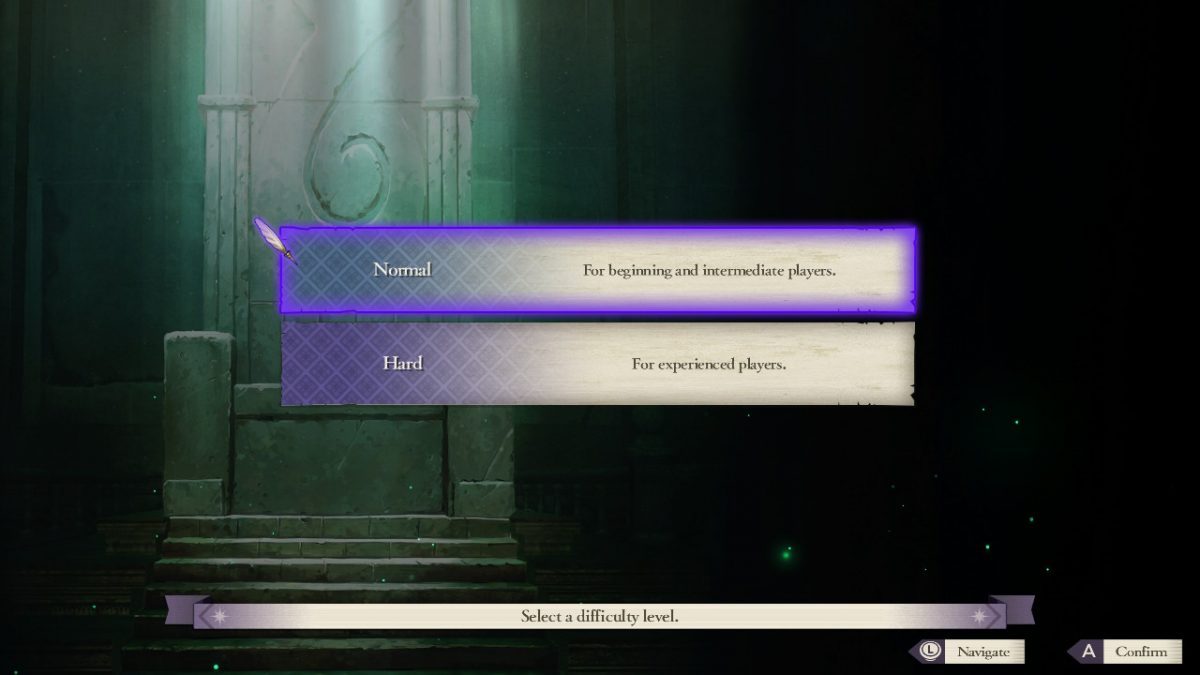
While Fire Emblem: Three Houses isn’t too short, the first half feels like it has little to do with the main plot, even in the missions that are clearly set up for plot revelation. This is probably because the plot-relevant missions are interspersed with events like intramural student fights, and there’s only one story mission per month, spreading out the time between missions substantially. With just over 58 hours to beat the game, that means I was only doing a story mission once every two-and-a-half hours or so, and I didn’t grind every recruit, or class, in my first playthrough.
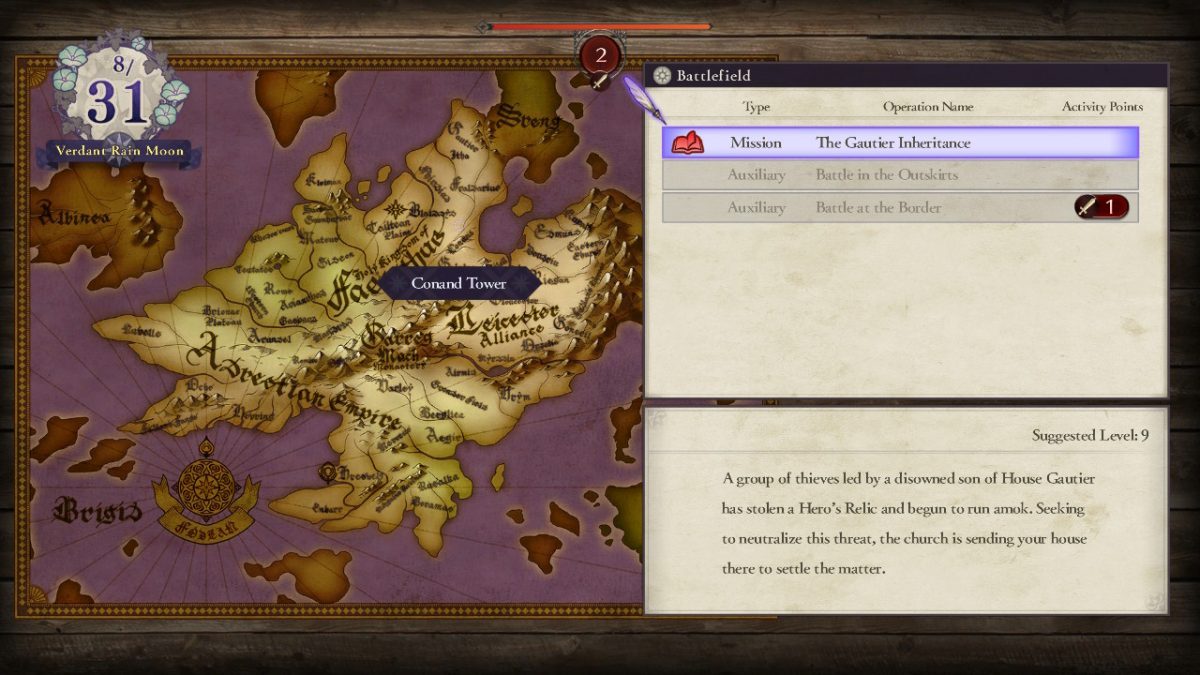
Fire Emblem: Three Houses has a lot of replay value. There’s a new Game+ mode that allows you to spend resources you earn from doing missions (not the grind-able missions) to unlock a lot of things that you’ve gotten on an earlier playthrough, including support levels, class abilities, and skill levels. With one, or two, very grinding playthroughs you can recruit any character into your house in the future, and play as any class, with any class abilities you want. Since there are three houses, and four routes in the game, being able to unlock some of this stuff can make later play faster, and help you focus on the new story and character interactions.
I have to say I was a bit disappointed by the lack of replay forethought put in by the developers in terms of one specific interaction though. A character named Sothis — that you meet near the start of the game — comments on your name being unusual. I named my character after her for my first replay just to see if there would be a change, and there wasn’t.
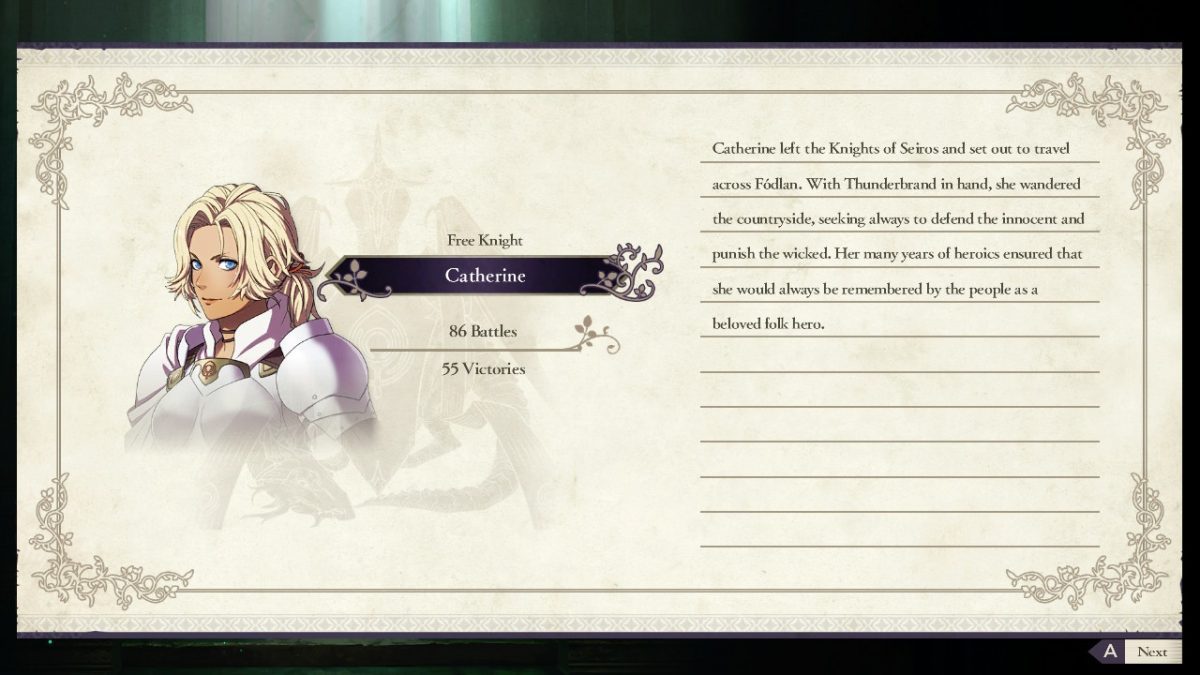
The gameplay loop is still satisfying despite the easy combat in the first half. The new battalion mechanic is fun, letting you send in troops to do special actions that enemies can’t counter-attack. The game has lost the pairing mechanic of the last couple games that allowed characters to fight together, which was easy to abuse. If you want more details, I’m doing a separate write up on game mechanics.
Most importantly, the game requires strategy once the second half hits, even with a party that has been over-leveled, and comprises powerful classes. I suggest that you play on Normal to accomplish as much as possible in one playthrough, but Hard mode should scratch most peoples strategy game itch as long as they play with permanent party member deaths. I recommend Fire Emblem: Three Houses for veterans and new players alike.
